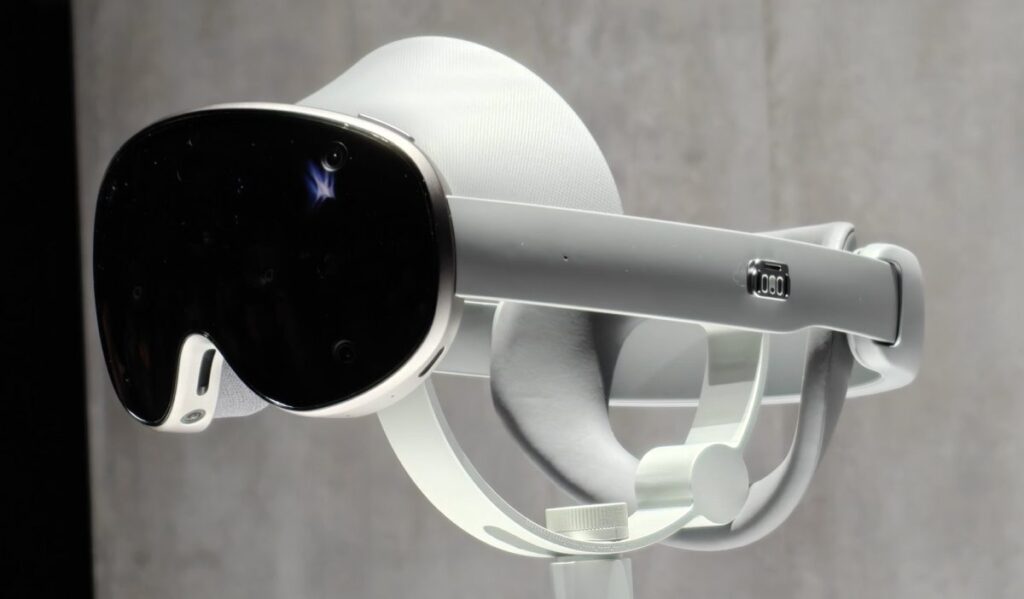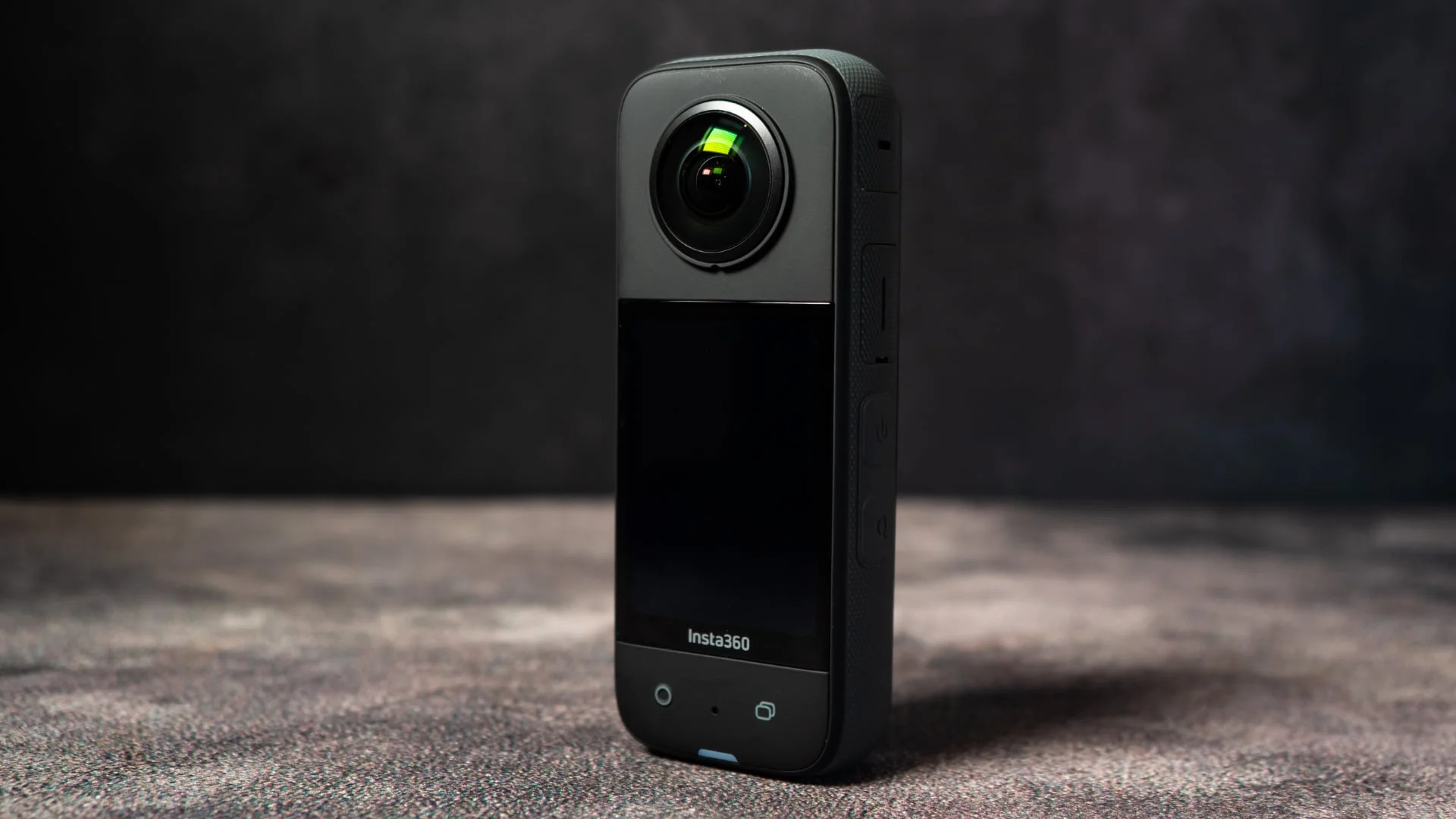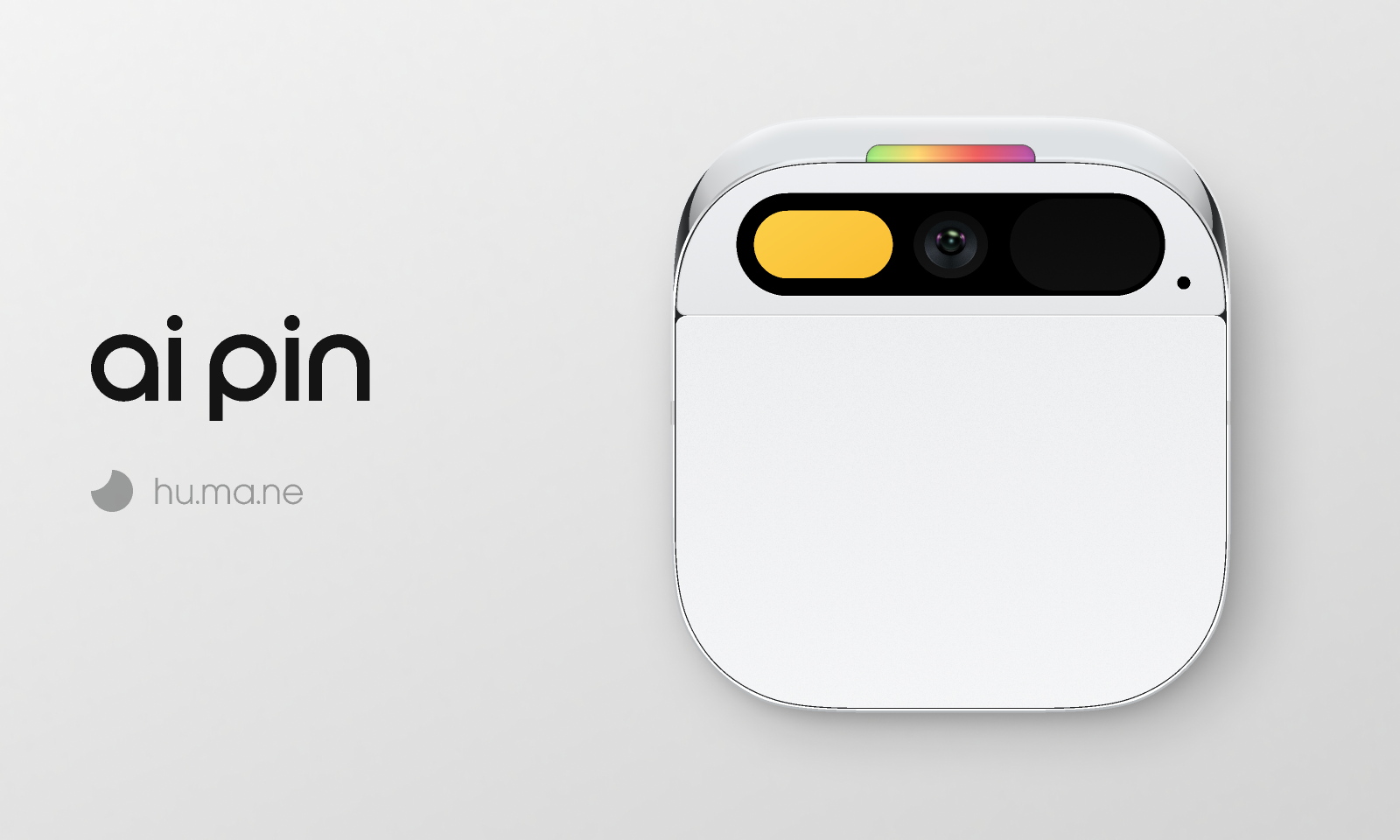A New Dimension of Entertainment: Samsung Android XR Headset
January 28, 2025 | by ranazsohail@gmail.com

Samsung has just started teasing its new prototype VR headset, Project Moohan, and until now, no one outside the company has seen it—until today. This is your exclusive first look at a headset developed in collaboration with Google, and it looks strikingly similar to the Vision Pro.
But before we dive into that, let’s take a step back. This isn’t just another Vision Pro knockoff. It could actually be a big step toward solving the current fragmentation in the VR and mixed reality headset market. Right now, we have the Vision Pro with Apple’s visionOS, the Meta Quest with Horizon OS, and a bunch of other headsets popping up everywhere. CES showed us that more and more devices are coming out, but the big question is: what software should they be running?
Enter Android XR. This is the first headset built around Google and Samsung’s new mixed reality operating system, and it’s a major collaboration between the two companies. Think of it like a Nexus or Pixel phone, but for headsets—a solid software foundation with tons of features, paired with hardware that shows it all off.
Now, to be clear, this is still a prototype, so there could be some changes before the final product ships. However, Samsung has said the headset will be released later this year, so I feel pretty confident in giving you my first impressions—and honestly, it’s looking pretty solid so far.
As for the design—yeah, it does resemble the Vision Pro. You’ve got the light fabrics, the large reflective glass front, though without the outward-facing screen that shows your eyes, which is a nice difference. When I shared a teaser on Twitter, a lot of people commented, “Oh, here comes another Vision Pro video,” because it looks so similar. The removable forehead rest feels like it’s inspired by the Vision Pro, and there’s also a magnetic light shield that you can easily attach to block out extra light or adjust your peripheral vision.
The back of this headset definitely takes a page from the now-discontinued Quest Pro. It’s got this cup-like design that rests on the back of your head, plus a dial to adjust the fit. For me, the weight and pressure seem to sit more on my brow above my eyes, whereas with the Vision Pro, it felt like it was lower, below my eyes, probably because it sagged a bit. At first, I thought I might want an over-the-head strap, but honestly, I don’t think it’s necessary with this setup.
Up front, you’ve got this thin metal frame that holds all the tech—Snapdragon chip, cooling fans with vents at the top, a button on the top right, and a volume rocker on the left. It’s covered with sensors and cameras all around. There’s even a touchpad on the right strap, right where this raised bar is. And, if you noticed, they’ve borrowed something from the Vision Pro: the external battery pack that connects with a cable, which you can tuck into your back pocket.

Here’s the key difference, though: the battery connects to the headset with a detachable USB Type-C cable, unlike the Vision Pro’s fixed setup. You can use the included battery, which fits snugly, but if you want, you can swap it out for a bigger one or any other battery you’ve got lying around.
But honestly, after spending time with it, I find myself not really thinking much about the hardware at all. The real appeal here is Android XR. If you’re Google and Samsung, trying to make a headset that stands out against the Vision Pro, what’s your move? Simple—software. It’s the same strategy they use with the Pixel phones.
A lot of the basics here are going to feel pretty familiar. There’s a home menu with a scrolling list of your apps, quick access to settings, and a section for recent apps. Instead of the digital crown you might be used to, you can press the top button once to go home, or use a simple hand gesture to get there. Oh, and this headset supports both hand and eye tracking. During my demo, I didn’t use any controllers, though I think it’ll support them—and might even come with them, though I’m not 100% sure about that. But overall, it was really easy to set up, put on, and just start using. Plus, sharing it with others looks like it’ll be super simple.
For example, if I wanted someone else to see what I see, they can just put the headset on, press and hold the button, and the lenses will automatically adjust to match their eye distance. After that, they’re good to go.
While using it, I noticed the windows have these big handles above or below them, so you can easily move them around in 3D space. You can also resize the windows by grabbing any corner and stretching them however you want. And since this runs on Android, you get two main perks: the Play Store and Gemini.
First, all Play Store apps will work on this Android XR headset, including phone and tablet apps. I actually tried resizing some of the apps, and they handled it pretty well, no matter the size or aspect ratio I tried. The idea is, any headset running Android XR will have tons of apps right out of the box.
There are also spatial apps that are specifically designed for headsets and optimized for them. YouTube, for example, has its own spatial app. It wasn’t as flexible with resizing as the other apps, but it does offer a multi-window experience and lets you add immersive backgrounds whenever you want. It’s kind of like how some Vision Pro apps come with their own built-in environments.
The headset is great at working with peripherals—it’s super smooth switching between a Bluetooth keyboard, mouse, and hand controls. Honestly, I love that part.
But the standout feature for me was definitely the Gemini integration. I didn’t expect it to be as cool as it was. Here’s the thing: anytime you want, you can hit the Gemini button, go to the home screen, and just start talking to it. It runs Gemini Live in the background, which is the live conversational version of Gemini that lets you chat like you would with a person. What’s even more interesting is that Gemini is multimodal, meaning it can see what you’re seeing through the headset. So, if there’s something right in front of you, you can ask Gemini about it, and it’ll respond like you took a picture with your phone. It can translate signs, answer trivia, or just tell you about what you’re looking at.
For example, I asked, “Can you take me to here?”
And Gemini replied, “Sure. That looks like Wadi Rum in Jordan.”
One thing I’d love to see in the future is the ability to subscribe to YouTube channels or like videos using just your voice, but for now, you still have to do that with the keyboard and mouse.
That said, Gemini’s ability to navigate the UI is pretty impressive. It can move windows around, close them, and even interact with apps. I was having a lot of fun in Google Maps, jumping between locations by talking to Gemini and occasionally pinching to select things. It knows how to use search boxes, switch between map views, and even toggle Street View—all with just your voice. It saved me a lot of hand movements, which made things way easier.
For example, I said, “Hey, Gemini, take me to the South Mountain Reservation,” and Gemini just responded, “I can do that.”
There’s also this cool feature called Circle to Search. It’s a little buggy at the moment, but it’s a great idea. You press the top-right button, then pinch your fingers to circle something in the real world, and it automatically triggers a Google search, just like on an Android phone. It’s super satisfying when it works, and it feels like a feature that fits perfectly with a Google headset. I’m glad it’s here, even if it needs a little polish.

Right now, the headset is running Gemini, so it’s not quite perfect. It’s missing some of the functionality you get from Google Assistant, and there are a few bugs—like if you circle to search but your hand happens to be in the circle, it’ll take a screenshot of your hand instead and search that. They definitely need to fix how people are supposed to circle properly.
That said, it’s still a huge improvement over the Vision Pro, which doesn’t have any AI features or Apple Intelligence at all, and it doesn’t seem like that’s going to change anytime soon. After using these headsets for a while, I started to notice how much arm fatigue builds up—between all the small touch targets, the pinching, and just constantly moving your arms around. It’s a lot more tiring than just using a mouse and keyboard. That’s why I was honestly pretty impressed with how much of a difference it made to be able to control things just by talking to the headset. It ended up being one of the most useful features.
Like, I could say, “Hey, Gemini, my windows are all over the place. Can you organize them?” and it would just do it.
My overall impression after a couple of hours was that things like the display quality and field of view were fine—nothing mind-blowing, but they worked well. The sharpness was actually better than I expected, especially compared to what shows up in my screen recordings, though it’s still a step behind the Vision Pro. But that’s likely to change when the final version comes out. I also really liked the design, especially how you can take off the light shield to let in some peripheral light and vision from your surroundings. It made the headset feel a little more like wearing glasses, even though, obviously, it’s not.
But honestly, what really stood out to me was what Google is doing on the software side. This is their first new OS in over a decade, so it felt like getting a sneak peek at a whole new approach. It was like test-driving a concept car with a bunch of new ideas for how things could work. If this is the “Pixel 1” of Android XR headsets, then it’s just the beginning, and we’re going to see a range of both high-end and budget-friendly Android XR headsets, just like we do with smartphones.
I asked Samsung about the price of their Project Moohan headset, but they wouldn’t give me an answer. It could come in at any price point, but I’m guessing it’ll be on the premium side. The key takeaway, though, is that this headset is designed to push more development, especially in spatial apps. So over time, all Android XR headsets should improve. It’s going to be exciting to watch how the whole VR and XR scene evolves once this is released.
RELATED POSTS
View all


